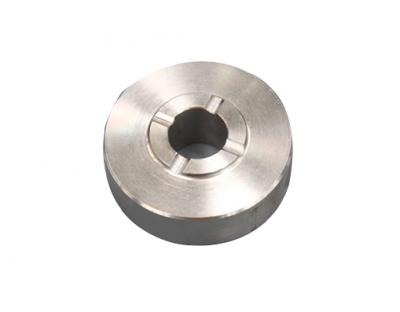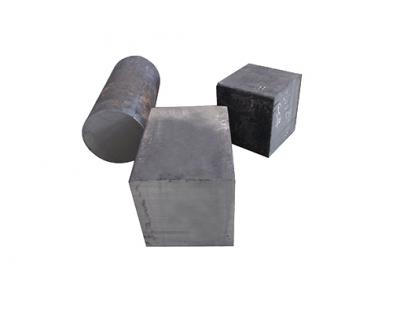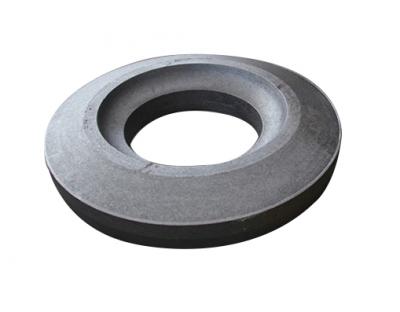Causes of Grinding Cracks in Hardened Gears
Grinding cracks of hard tooth surface gears are common problems in the gear manufacturing industry, which directly affect the normal use and service life of gears. This paper analyzes the causes of grinding cracks, and proposes effective measures to prevent and eliminate grinding cracks, including heat treatment and machining processes.
1. Modern hard tooth surface gear grinding process requirements
(1) Grinding grinding part - involute tooth profile part.
In tooth grinding, the grinding part of modern hardened gears only grinds the involute tooth profile above the involute start circle and below the involute end circle.
(2) The non-grinding part in the grinding tooth - tooth root
In tooth grinding, modern hardened gears do not grind the dedendum root and have the following advantages:
1. To avoid the reduction of tooth root hardness after heat treatment, maintain carburizing quenching and shot peening, and form a negative pressure stress layer at the tooth root, which significantly improves the bending fatigue strength and bearing capacity of the gear.
2. The bottom of the tooth root groove is narrow, the heat dissipation capacity is poor, the margin of the excessive curve changes greatly, the working conditions of the grinding wheel are poor, and the grinding teeth are prone to grinding, burns and grinding cracks.
The grinding condition of the root groove bottom is poor, and the outer circle of the grinding wheel is easy to fall off and wear, which affects the quality of the grinding gear.
4. From the perspective of tooth breaking resistance, the root should have a certain amount of root cutting, and the root should not have a certain amount of root cutting. Protrusions will inevitably be formed at the root when molaring teeth, which will cause serious stress concentration and have a great impact on the ability to break teeth, so no protrusions are allowed.
All in all, the non-grinding of the tooth groove root can improve the gear bearing capacity, avoid grinding damage, improve the grinding quality, reduce the grinding load, and increase productivity.
Tooth profile preparation with pre-grinding hobs.
Introducing Presharpening Hobs
Ordinary gear hobs can no longer meet the above process requirements. Therefore, in rolling teeth, be sure to use pre-ground hobs with tentacles. The difference between the pre-grinding hob and the ordinary hob is that the top of the teeth of the pre-grinding hob adopts a knife head with tentacles.
There is a certain amount of undercutting at the root of the gear. The purpose is to form the root of the gear in advance, and at the same time remove most of the allowance on the tooth surface, leaving an allowance in the finishing process at the tooth thickness of the tooth profile. After carburizing and quenching, the root is no longer ground when grinding the teeth.
Requirements for hob tooth profile before grinding:
① The gear grinding allowance should be uniform;
②The gear must be undercut at the tooth root before grinding;
③The involute of the ground gear should be long enough.
Improvements were made to the pre-sharpening hob.




